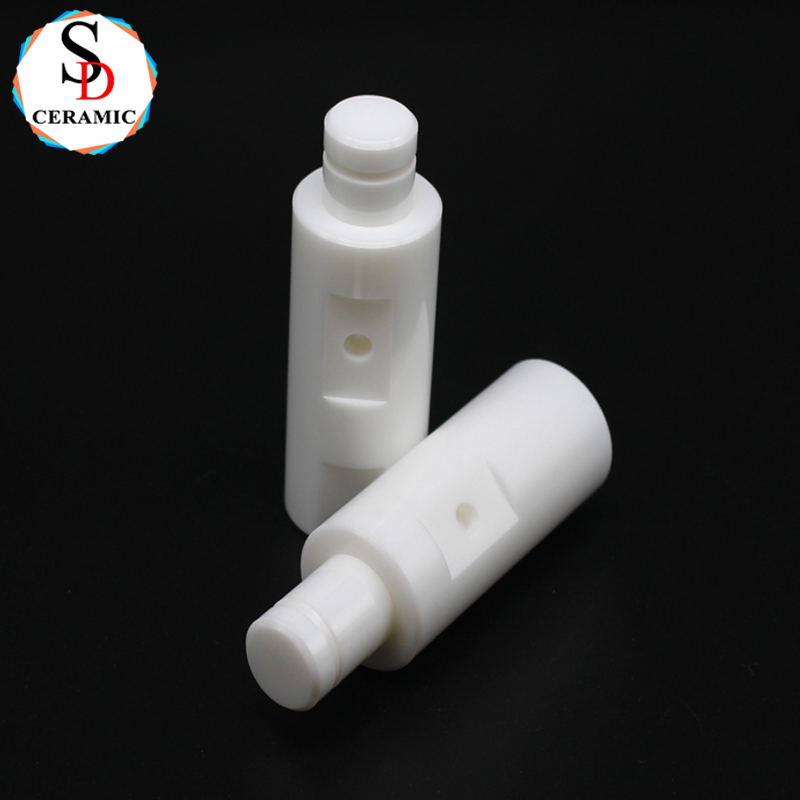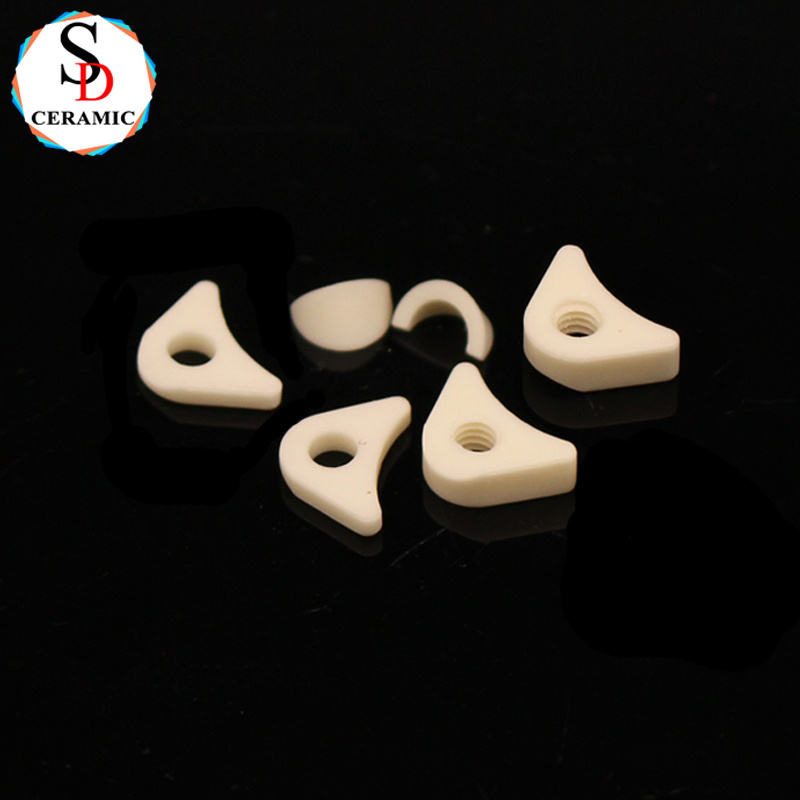Ceramic materials are widely used due to their properties such as high strength, high-temperature resistance, and corrosion resistance. However, their microdefects (e.g., pores, cracks, impurities) are difficult to avoid. These defects mainly stem from the preparation processes of ceramics and the inherent characteristics of the materials themselves. The reasons are analyzed from three aspects as follows:
1. Inherent challenges in preparation processes
Ceramics are usually formed by sintering powders at high temperatures. This process involves particle packing, shrinkage, and densification, which easily introduce defects:
Residual pores: Voids exist between powder particles. When sintering is incomplete, these pores are retained, reducing the material's density.
Uneven shrinkage: Volume shrinkage during sintering may cause internal stress due to temperature gradients or uneven pressure distribution, leading to microcracks.
Impurity contamination: Insufficient purity of raw materials or process contamination (e.g., mold residues) can form heterogeneous phases, which act as sources of defects.
2. Brittleness and structural characteristics of ceramics
Ceramics are brittle materials, with atomic bonding dominated by strong covalent or ionic bonds, lacking the plastic deformation capability of metallic materials:
Easy crack propagation: Once microcracks form, stress concentration cannot be relieved through dislocation movement, causing cracks to propagate rapidly.
Grain boundary weaknesses: In polycrystalline ceramics, the atomic arrangement at grain boundaries is disordered, making them prone to crack initiation. Especially at high temperatures, grain boundary sliding can exacerbate defects.
3. Influence of environment and service conditions
Thermal stress: Ceramics have low thermal expansion coefficients. During rapid cooling or heating, internal thermal stress may exceed the strength limit, resulting in cracks.
Chemical corrosion: Some ceramics (e.g., oxide ceramics) may undergo component volatilization or grain boundary corrosion in high-temperature reducing environments, forming pores.
Conclusion
The microdefects in ceramics are the result of the combined effects of the material's intrinsic properties and preparation processes. Although modern technologies (e.g., hot isostatic pressing, nano-powder sintering) can reduce defects, their complete elimination remains challenging. Understanding the causes of these defects helps optimize ceramic performance and expand their application scenarios.
 |  |
If you have any questions or need help, feel free to contact with our team.
Phone
+86 15335210683
Location
Qianluo Village, Dingshu Town, Yixing City, Jiangsu Province, China
Welcome to subscribe to our email message!


Copyright © Yixing Shengda Refractory Ceramic Co., Ltd. All Rights Reserved | Sitemap | Powered By 